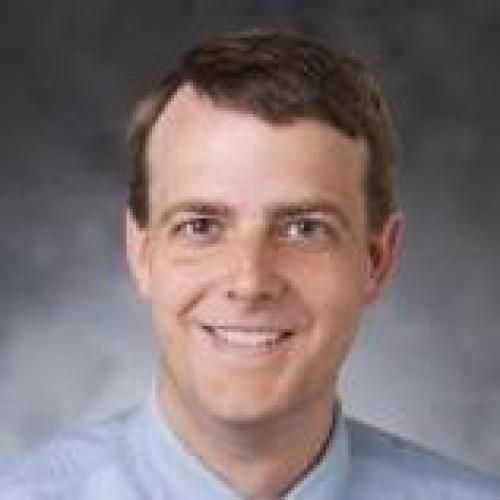Overview
Our current research involves the use of computer-generated phantoms and simulation techniques to investigate and optimize medical imaging systems and methods. Medical imaging simulation involves virtual experiments carried out entirely on the computer using computational models for the patients as well as the imaging devices. Simulation is a powerful tool for characterizing, evaluating, and optimizing medical imaging systems. A vital aspect of simulation is to have realistic models of the subject's anatomy as well as accurate models for the physics of the imaging process. Without this, the results of the simulation may not be indicative of what would occur in actual clinical studies and would, therefore, have limited practical value. We are leading the development of realistic simulation tools for use toward human and small animal imaging research.
These tools have a wide variety of applications in many different imaging modalities to investigate the effects of anatomical, physiological, physical, and instrumentational factors on medical imaging and to research new image acquisition strategies, image processing and reconstruction methods, and image visualization and interpretation techniques. We are currently applying them to the field of x-ray CT. The motivation for this work is the lack of sufficiently rigorous methods for optimizing the image quality and radiation dose in x-ray CT to the clinical needs of a given procedure. The danger of unnecessary radiation exposure from CT applications, especially for pediatrics, is just now being addressed. Optimization is essential in order for new and emerging CT applications to be truly useful and not represent a danger to the patient. Given the relatively high radiation doses required of current CT systems, thorough optimization is unlikely to ever be done in live patients. It would be prohibitively expensive to fabricate physical phantoms to simulate a realistic range of patient sizes and clinical needs especially when physiologic motion needs to be considered. The only practical approach to the optimization problem is through the use of realistic computer simulation tools developed in our work.
These tools have a wide variety of applications in many different imaging modalities to investigate the effects of anatomical, physiological, physical, and instrumentational factors on medical imaging and to research new image acquisition strategies, image processing and reconstruction methods, and image visualization and interpretation techniques. We are currently applying them to the field of x-ray CT. The motivation for this work is the lack of sufficiently rigorous methods for optimizing the image quality and radiation dose in x-ray CT to the clinical needs of a given procedure. The danger of unnecessary radiation exposure from CT applications, especially for pediatrics, is just now being addressed. Optimization is essential in order for new and emerging CT applications to be truly useful and not represent a danger to the patient. Given the relatively high radiation doses required of current CT systems, thorough optimization is unlikely to ever be done in live patients. It would be prohibitively expensive to fabricate physical phantoms to simulate a realistic range of patient sizes and clinical needs especially when physiologic motion needs to be considered. The only practical approach to the optimization problem is through the use of realistic computer simulation tools developed in our work.
Current Appointments & Affiliations
Professor in Radiology
·
2024 - Present
Radiology,
Clinical Science Departments
Education, Training & Certifications
University of North Carolina, Chapel Hill ·
2001
Ph.D.


